Sometimes the best knife for the job is a smaller one.
by Leon Pantenburg
The small Casstrum Safari is definitely not big enough to be a survival knife.
Maybe.
The old mossy, used-up cliche’ is that the best survival knife is the one you have on you when you need it. And that the best EDC survival knife in the world, IMHO, is useless unless it is compact, lightweight and ergonomic. Otherwise it gets left in the vehicle. And I consider my dinky keychain Swiss Army Classic absolutely necessary, and carry it every day.
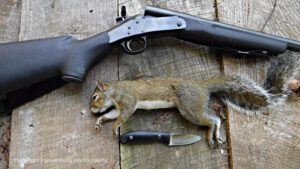
The Safari is a superb small game knife.
But the Casstrom Safari is frequently perfect for my needs, such as when I go small game hunting. Recently, I was working my way through several squirrels after a successful hunt in the Mississippi swamps. The knife stayed sharp, performed well, and the design was was just right for small game.
Later that season, I used the Safari to skin around the shoulders, neck and head of a nice whitetail. It worked superbly, and the Safari is a great choice as a caping knife.
Here is why you might consider adding one to your gear.
Specifications (Courtesy of Knivesshipfree.com)
| Overall Length: | Overall Length: | 6.69″ | |
| Blade Length: | Blade Length: | 2.36″ | |
| Blade Steel: | Blade Steel: | 12C27 | |
| Blade Hardness: | Blade Hardness: | 59HRC | |
| Blade Thickness: | Blade Thickness: | .118″ | |
| Weight: | Weight: | 2.72oz. |
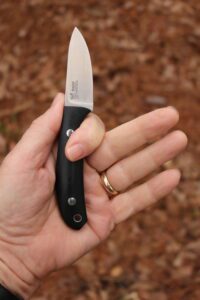
The G-10 handle is adequate. I wish it were longer and thicker.
The Good Stuff
Point: The drop point works well. It would be possible to gut a whitetail with this little knife, because the blade design would keep the point from piercing the entrails in the initial spine-down, edge-up cut that opens up the abdomen. The Safari wouldn’t be my first choice for that job, but it should work OK.
Steel: Casstrum uses recycled steel when possible. I don’t know if Sandvick 12C27 is recycled, but I like it. Here is the steel data, according to knifebasics.com:
“12c27 is a high chromium martensitic stainless steel alloy developed by Sandvik AB, a Swedish multinational engineering company. The steel falls under the Sandvik series of steels and makes one of the 7 grades in this family including 12C27M, 14C28N, 13C26, and others.
“Sandvik 12C27 steel is used in making hunting knives, pocket knives, fishing knives, camping knives, tactical knives, skate blades, and ice drills.”
Now you know what I know. The steel in both Casstrums I tested held an edge exceptionally well. While neither needed sharpening after extended use, a quick strop put both edges back in the scary, wicked sharp category.
Handle: The handle material is G-10. G-10 is a high-pressure fiberglass laminate, created by stacking multiple layers of glass cloth, soaked in epoxy resin, and by compressing the resulting material under heat until the epoxy cures. When completely finished G-10 appears to be bullet-proof. When wet, G-10 gets tacky and almost sticky. Despite the handle’s smooth surface, there is no danger of your hand slipping onto the blade.
If the knife were made to my personal specs, the handle would be 4-1/2-inches long, and thicker. Here is how you tell if a handle will work for you.
Blade thickness: At .118-inch, the blade is a good thickness for a knife of this type. Thicker would make it chunky and a poor slicer.
Design: The overall design is great for the great majority of people. The handle is slightly too short for my tastes. I don’t like three-finger grips, because the handle might twist in your hand. I had no problems with that, even when I was wearing cut-resistant gloves and handling a wet handle.
Sheath: A sturdy, well-made leather sheath protects the edge, point and user. It rides well on a belt.
Do you need a Casstrum Safari?
I carry a folder every day, and this knife is essentially a folding pocket knife that is a rigid blade. It works very well for its intended purpose as an auxiliary knife for a larger hunting knife. It is lightweight, and handy, so that assures mine will be getting a lot of use.
Please click here to subscribe to the SurvivalCommonSense.com YouTube channel – thanks!

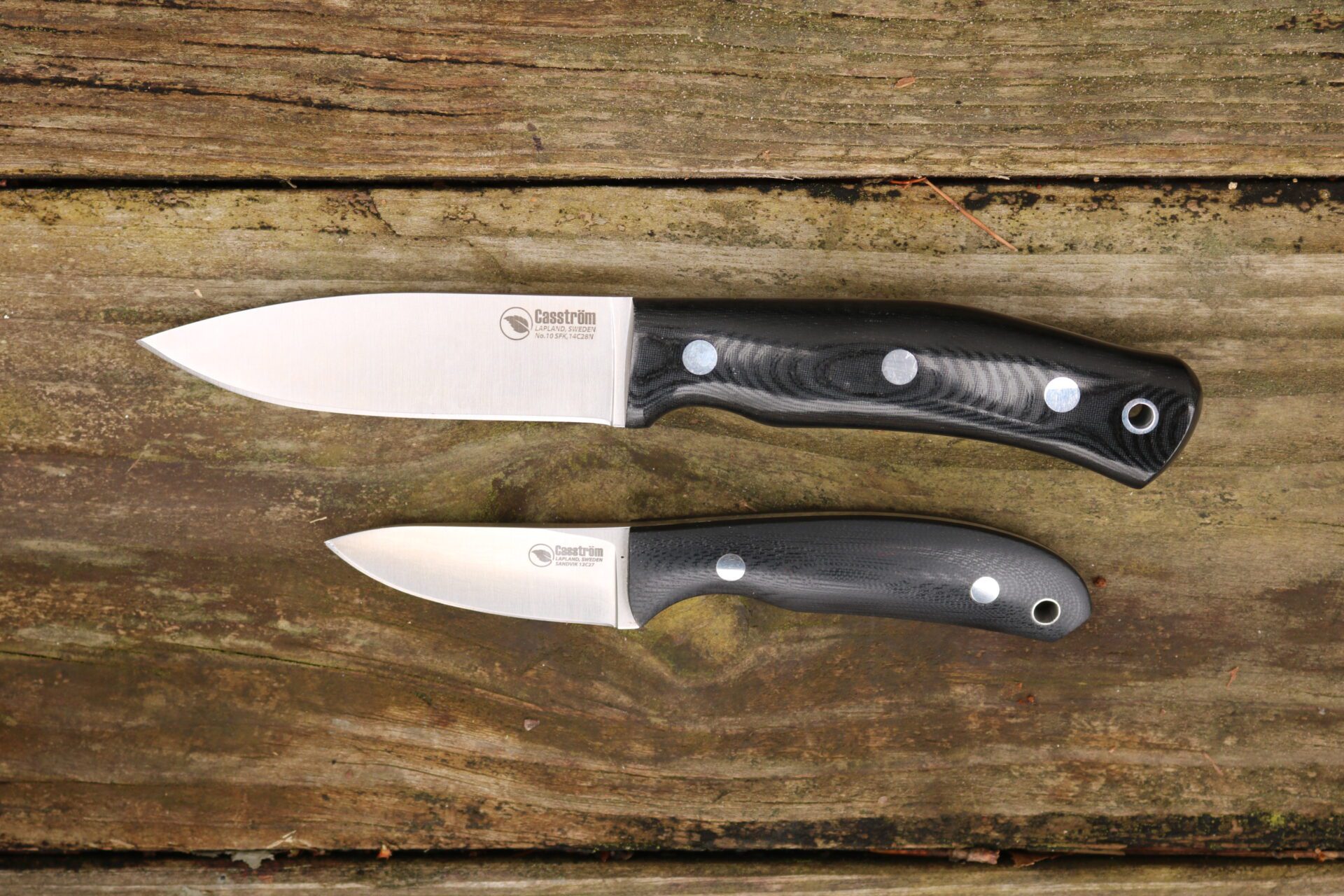
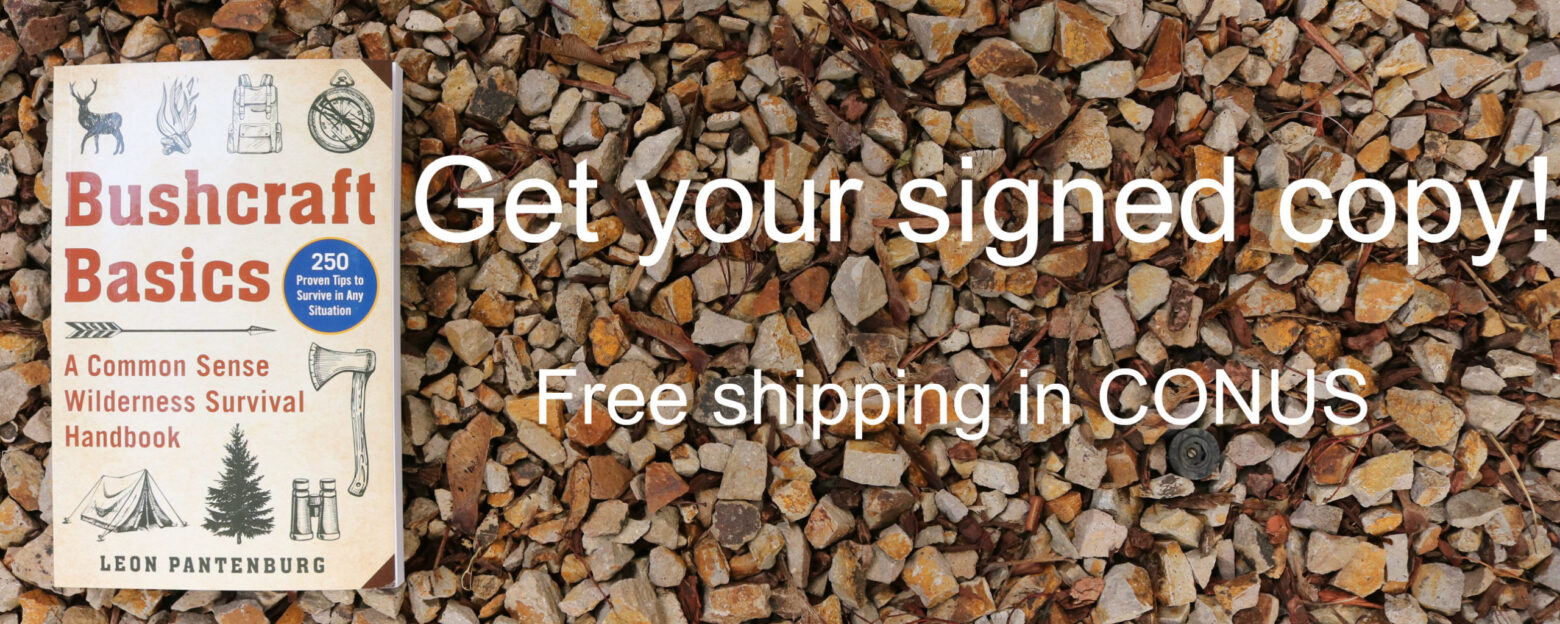
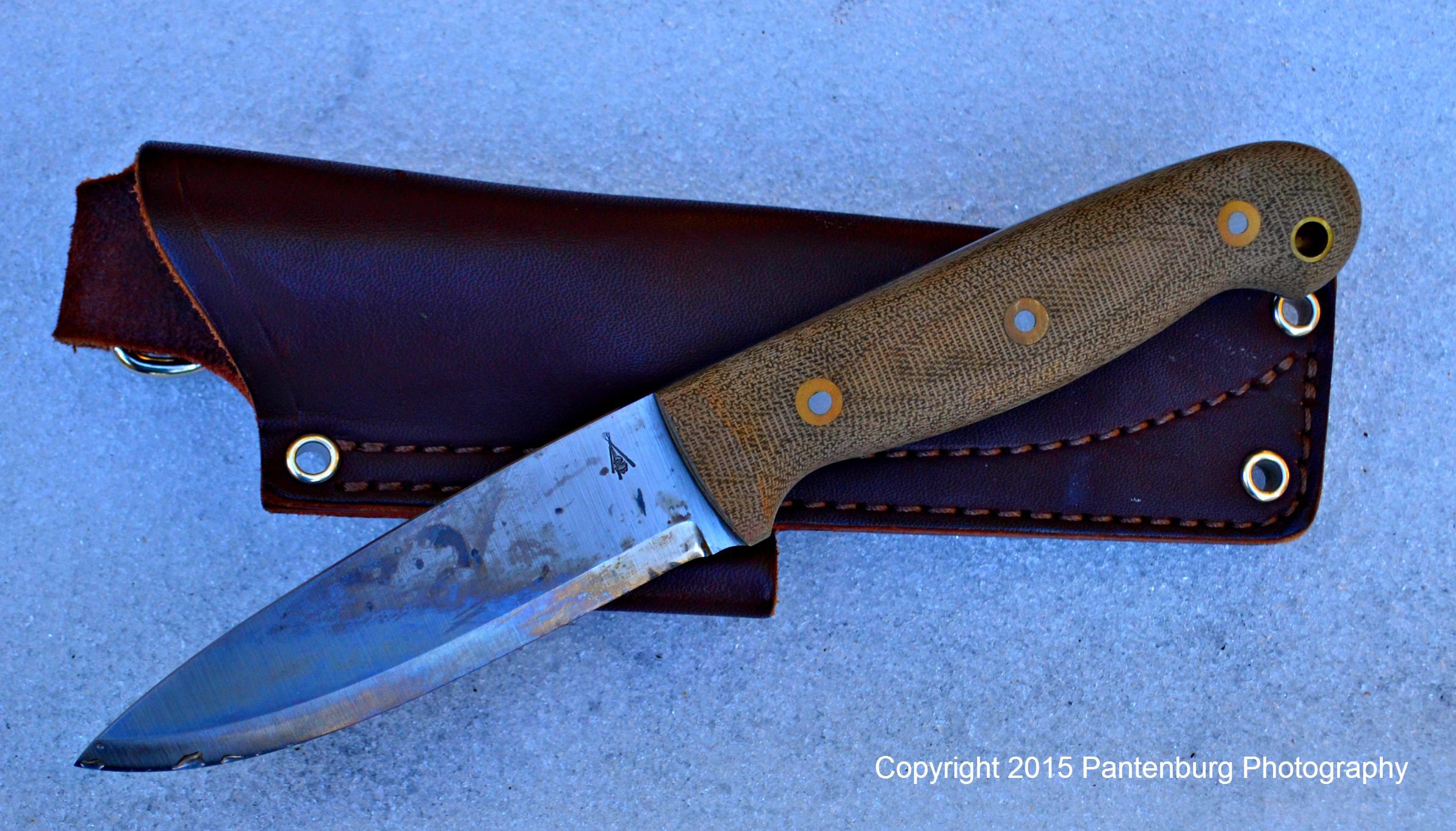
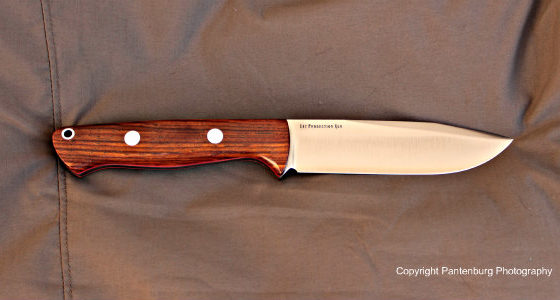
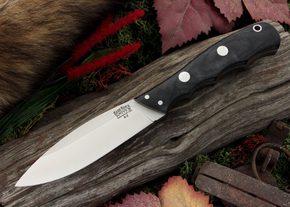
Leave a Reply